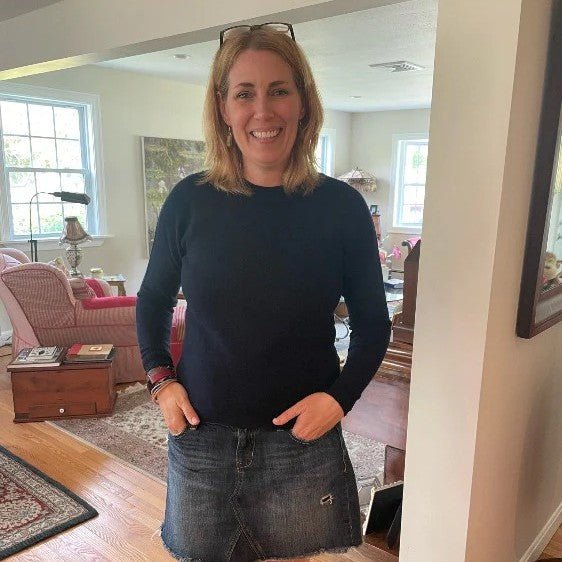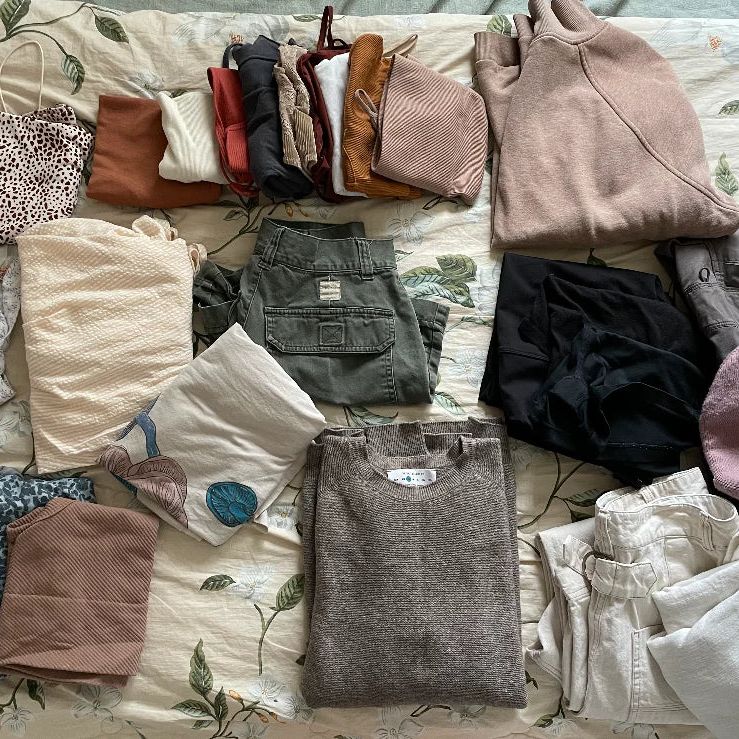Unpopular Opinion: Casual Dress Codes Suck!
Wasn’t life easier when we all wore suits?
A Radical Shift In Dress Standards
As fashion historian Deirdre Clemente puts it, “Americans began the 20th century in bustles and bowler hats and ended it in velour sweatsuits and flannel shirts.”
What she refers to in her 2017 Atlantic article as “the most radical shift in dress standards in human history”, originated in Silicon Valley and spread like a wave across corporate America.
Hewlett-Packard introduced “casual Fridays” in the 1950s and, according to MetroActive reports, initiated the national movement away from suits. While other markets were slower to adapt, ‘casual’ quickly became the official culture of Silicon Valley.
Today, the office dress code is, well, non-existent. As Millennials entered the workforce, the pendulum took an aggressive swing towards ultimate convenience and flexibility. However, as with most societal shifts, there are unintended consequences.
Dress Casual, But Not Too Casual
The casual dress code has obvious benefits: comfort, versatility, and a chance for individuals to set their own professional tone and create their own personal uniform.
But dress code freedom also has some not-so-obvious downsides. In the paraphrased words of Lin Manuel-Miranda, independence is full of contradictions.
Tech hubs like Silicon Valley have a culture obsession. Employers name “culture fit” as one of the top characteristics of a good candidate, even when their organizations don’t have a defined culture statement. For example, in one Cubix study, 82% of respondents indicated that measuring cultural fit was an important part of the recruitment process and 59% said they have rejected a candidate on the basis of culture.
Let’s dig into the importance of "culture" for a moment. Today, many recruiters compete with perks like catered meals, beer taps, and other “cool” factors designed to blur the lines between work and life.
If you’re staying in the office to eat dinner or drink a beer, why not chug away at some more work?
If you’re already in jeans and a t-shirt, why not hang out at the office until that concert starts at 9pm?
Coworkers refer to their teams as family - and family doesn’t make family wait on that marketing report till Monday.
When work becomes life, and life becomes work, a homogenous wardrobe makes sense.
Jeans, comfy shoes, t-shirts, and sweaters are the official uniform of many young working professionals, and while this casual dress code is an important keystone of tech culture, some studies report that 47% of managers believe their employees dress too casually!
Be yourself, but fit in. While some employers believe that an open-ended dress code empowers employees to bring individuality and creativity to the workplace, when “culture fit” is a mandatory job requirement, individuality and creativity are second place to fitting in.
So, while having no dress code may offer perceived freedom, the need to conform to culture outshines any desire for wardrobe self-expression.
What to wear: one of the first big decisions you make each day. The biggest hidden downside to a casual dress code is the propensity of wardrobe-related decision fatigue. As social psychologist Roy F. Baumeister says, “good decision making is not a trait of the person… it’s a state that fluctuates”. Decision fatigue is a reality that we all live with on a daily basis, but that is rarely discussed.
Let’s get down to the origin of the word “decide”, which shares the Latin root “caedere” with homicide. It’s no surprise then, that “caedere” means “to cut down” or “to kill”. Each time we make a decision, we’re effectively killing the alternative option.
In other words, decisions, big and small, add up throughout the day and slowly erode our resolve until one of two scenarios plays out:
- We become overly cautious. For example, in one study conducted in Israeli prison parole hearings, “prisoners who appeared early in the morning received parole about 70% of the time, while those who appeared late in the day were paroled less than 10% of the time”. The same judges, hearing parole cases for prisoners of the same offenses, were significantly more likely to grant parole in the morning than the afternoon.
- We become passive and sloppy. Decision Fatigue can also result in “illogical shortcuts” and cause us to “favor short-term gains and delayed costs”. John Tierney put it best in his NYT piece, when he related this symptom of Decision Fatigue to “quarterbacks prone to dubious choices late in the game”.
The problem is, we’re faced with decision making from the moment we wake up.
Thankfully, Baumeister’s studies show that it’s possible to conserve willpower and prevent decision fatigue by practicing self control and “[establishing] habits that eliminate the mental effort of making choices”.
Our first daily decision - what am I going to wear today - is one that carries significant weight. In a world where our wardrobe is a vehicle for self-expression, a statement of professionalism, and a means to fit in, there are a lot of variables to balance before our first cup of coffee.
Enter: the personal uniform.
Back in the day, when dress codes were the norm, employees didn’t have to worry about shopping for things like personality and adaptability.
Suits and formal office wear are sold as comprehensive “looks”.
Today, office wear looks a lot like everyday wear, so every piece is sold separately. Shoppers need to consider how each piece will pair with the other individual pieces in their wardrobe, and if each piece translates well for work and life.
Not only do we need to make these decisions in the store, but we make them every morning in front of our closets. We’re no longer grabbing suit #4 to wear on Thursday morning, we’re identifying in the moment which shoes, jeans, shirts, sweaters, jackets, and accessories we’ll wear that day... and it’s draining.
We’re not saying that we should return to suits, but we are saying that there has to be an easier way.
Starting with a template as opposed to a blank slate can reduce the effort spent analyzing our closet each day.
By having a dependable series of interchangeable looks, we can all get comfortable with #repeat looks that still embrace the casual culture of the modern workforce.
While Steve Jobs and Mark Zuckerberg are two examples of a personal uniform taken to the extreme, there’s a simple solution for anyone looking to reduce their daily decision fatigue.
Say hello to the 21st century suit.
There is a clear divide between the “old-school” and “modern” office; in San Francisco, a physical line is drawn between the formal and informal workforce. That line is called Market Street.
To the North, the Financial District (FiDi), is home to suits and dress skirts, while South Of Market (SOMA) is a sea of Patagonia vests and Allbirds. There is however, one commonality across both borders: the sweater.
Sweaters are versatile, meaning 1 sweater can replace at least 5 pieces of clothes in your closet. They can be dressed up (a la FiDi), or down (a la SOMA).
We believe sweaters are core to a Personal Uniform. Our Oliver Charles sweaters are easy to match with jeans, slacks, and leggings, and can make you feel confident in whatever workplace culture you’re in. They can handle even the longest work weeks and outlast any sweaters you've bought before.
And, you will no longer feel underdressed when meeting your colleagues from New York.
If you believe that every good wardrobe starts with owning less and owning better, consider buying yourself an OLIVER CHARLES sweater.
Shop NowA Wardrobe Essential For My Baja Adventure
Two weeks in Mexico, surfing, enjoying warm days and cool nights, and testing the versatility of my go-to OC sweater.
Read moreHow to Build a Minimalist Wardrobe
Why owning less and owning better is a compelling shift for people who want to simplify life.
Read moreHow a Minimalist Wardrobe Can Improve Your Mindset
The more simple you can make your decision making process in the morning, the more focused you’ll be for the day.
Read moreShopping Ban Challenge: 20 Pieces Over 30 Days
Identify your everyday staples, be intentional with your future spending, and prevent unnecessary clothing waste.
Read more



